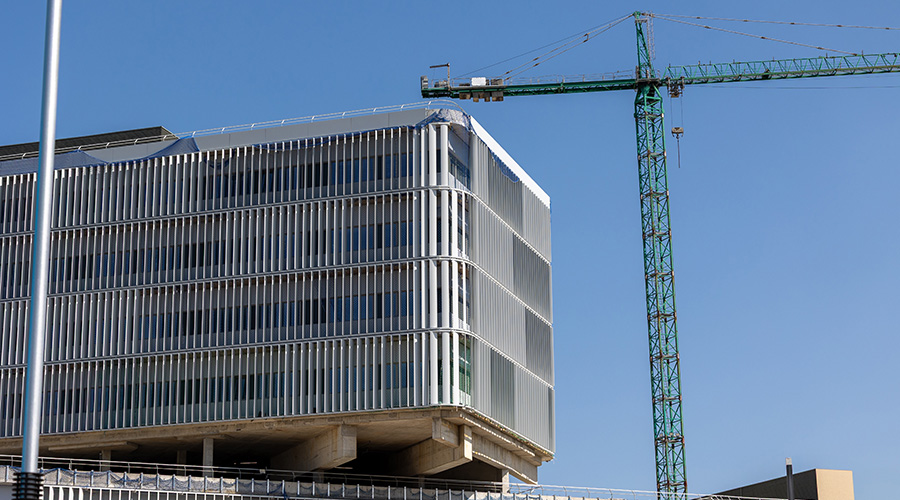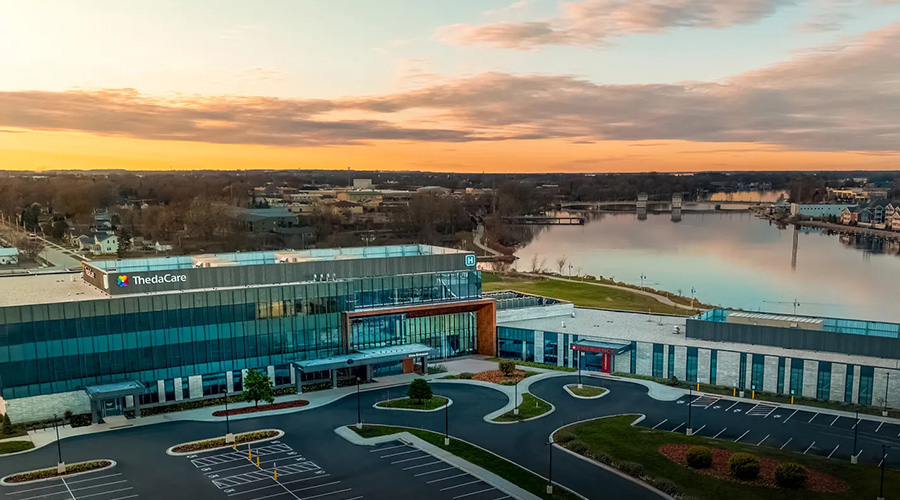Pittsburgh leads North America with the most buildings committed to the 2030 District Network, an internationally recognized initiative that challenges property partners to reduce 50 percent of their energy consumption, water use, and CO2 emissions from transportation by the year 2030. The Pittsburgh 2030 District catalyzes peer to peer collaboration, equipping property owners with the tools track their environmental impact.
In its newly released Progress Report, the Pittsburgh 2030 District announced that property partners cut $19 million in energy costs by implementing innovations in lighting, heating, cooling, and ventilation, totaling $53 million in savings since initial reporting. Indeed, the cohort increased total energy avoided by 13 percent from last year alone, saving 982 million kBtu -- or the equivalent CO2 emissions of driving a car 271 million miles.
With 491 participating properties, an increase of more than 500 percent since founding, Pittsburgh leads all 17 established 2030 Districts in North America in committed square footage (including Seattle, San Francisco and Toronto). The Pittsburgh 2030 District includes hospitals, universities, office towers, professional sports facilities, and museums. It is a strategic venture of Green Building Alliance.
The 2030 District initiative prompted Pittsburgh to become one of 23 cities mandating utilities disclosure from nonresidential properties. This 2016 benchmarking legislation creates transparency in the real estate market, compelling buildings to provide high levels of efficiency and performance. With participating partners voluntarily tracking energy use, 26 percent of buildings required to disclose are prepared to report their consumption to the City of Pittsburgh.
“Partners in the Pittsburgh 2030 District are doing more than just improving their buildings. They are generating real estate value, increasing resiliency, and developing a more equitable and sustainable city,” says Mayor William Peduto. “The momentum they are building pushes us to imagine a better city for all, and we look to the 2030 Challenge as a benchmark for our accomplishments.”
As a stakeholder-driven cooperative, the Pittsburgh 2030 District advances local and national standards for sustainability. “Property owners and managers have joined together with community leaders, tenants, and service providers to amplify demand for efficient and responsible buildings,” said Angelica Ciranni, Pittsburgh 2030 District director. “This cross-sector partnership drives innovation in building operations, continuing to shift the real estate market towards higher levels of performance.”
2030 District 2016 Accomplishments:
ENERGY:
· 10.7 percent reduction, exceeding 2015 incremental goal of 10 percent below baseline
· 868 million kBtu avoided
· Equivalent to the annual energy use of 6,353 homes, 14,673 passenger vehicles, 162,087 barrels of oil, or 1,358 flights between Pittsburgh and Los Angeles
WATER:
· 10.3 percent reduction, exceeding 2015 incremental goal of 10 percent below baseline
· Equivalent to the annual water use of 624 homes
TRANSPORTATION EMISSIONS:
· 24.2 percent reduction, exceeding 2020 incremental goal of 20 percent below baseline
For the full Pittsburgh 2030 District Progress Report, click here. Additional information on Pittsburgh’s sustainability efforts can be found at www.PittsburghGreenStory.com or by emailing info@pittsburghgreenstory.com.

 Building Sustainable Healthcare for an Aging Population
Building Sustainable Healthcare for an Aging Population Froedtert ThedaCare Announces Opening of ThedaCare Medical Center-Oshkosh
Froedtert ThedaCare Announces Opening of ThedaCare Medical Center-Oshkosh Touchmark Acquires The Hacienda at Georgetown Senior Living Facility
Touchmark Acquires The Hacienda at Georgetown Senior Living Facility Contaminants Under Foot: A Closer Look at Patient Room Floors
Contaminants Under Foot: A Closer Look at Patient Room Floors Power Outages Largely Driven by Extreme Weather Events
Power Outages Largely Driven by Extreme Weather Events